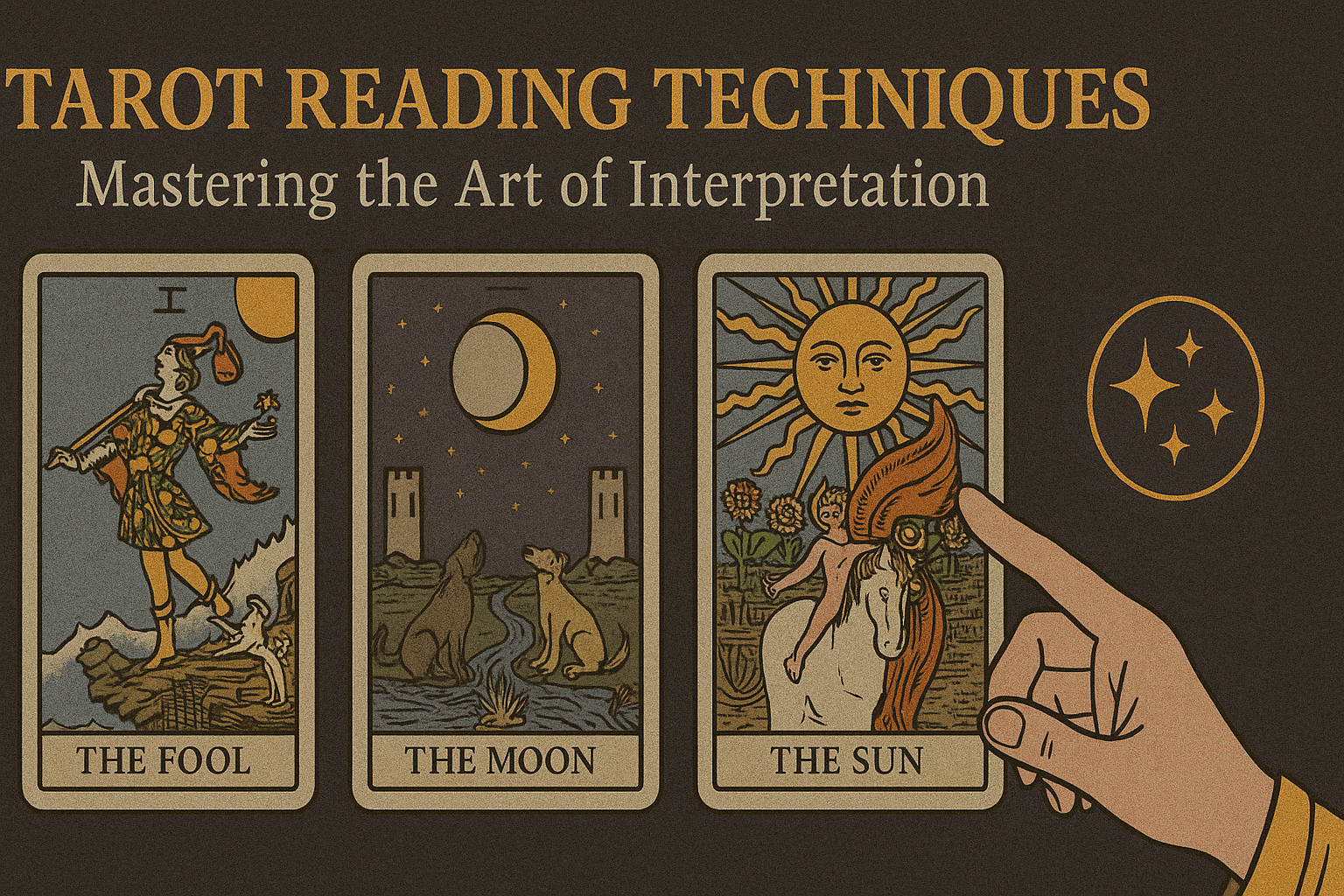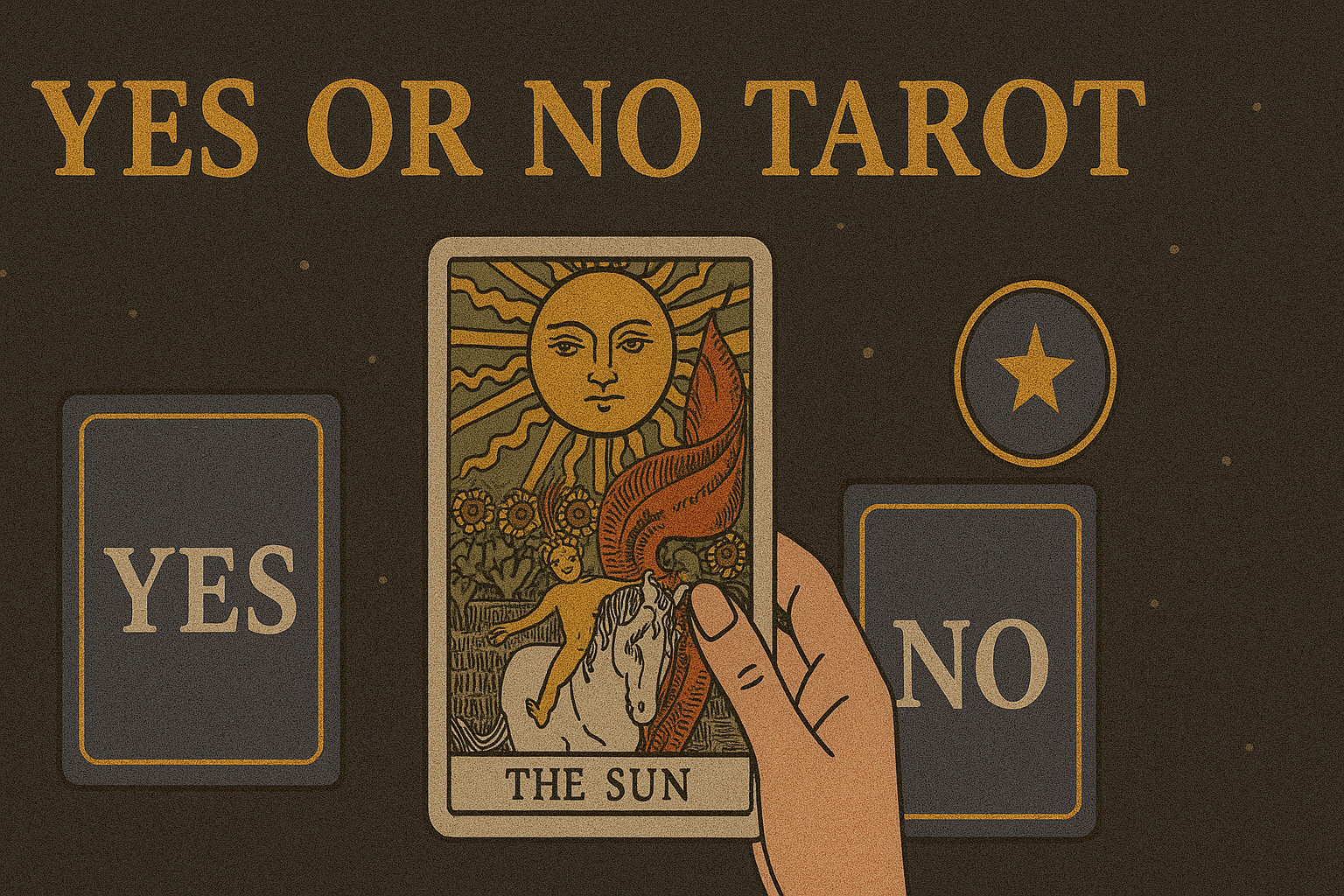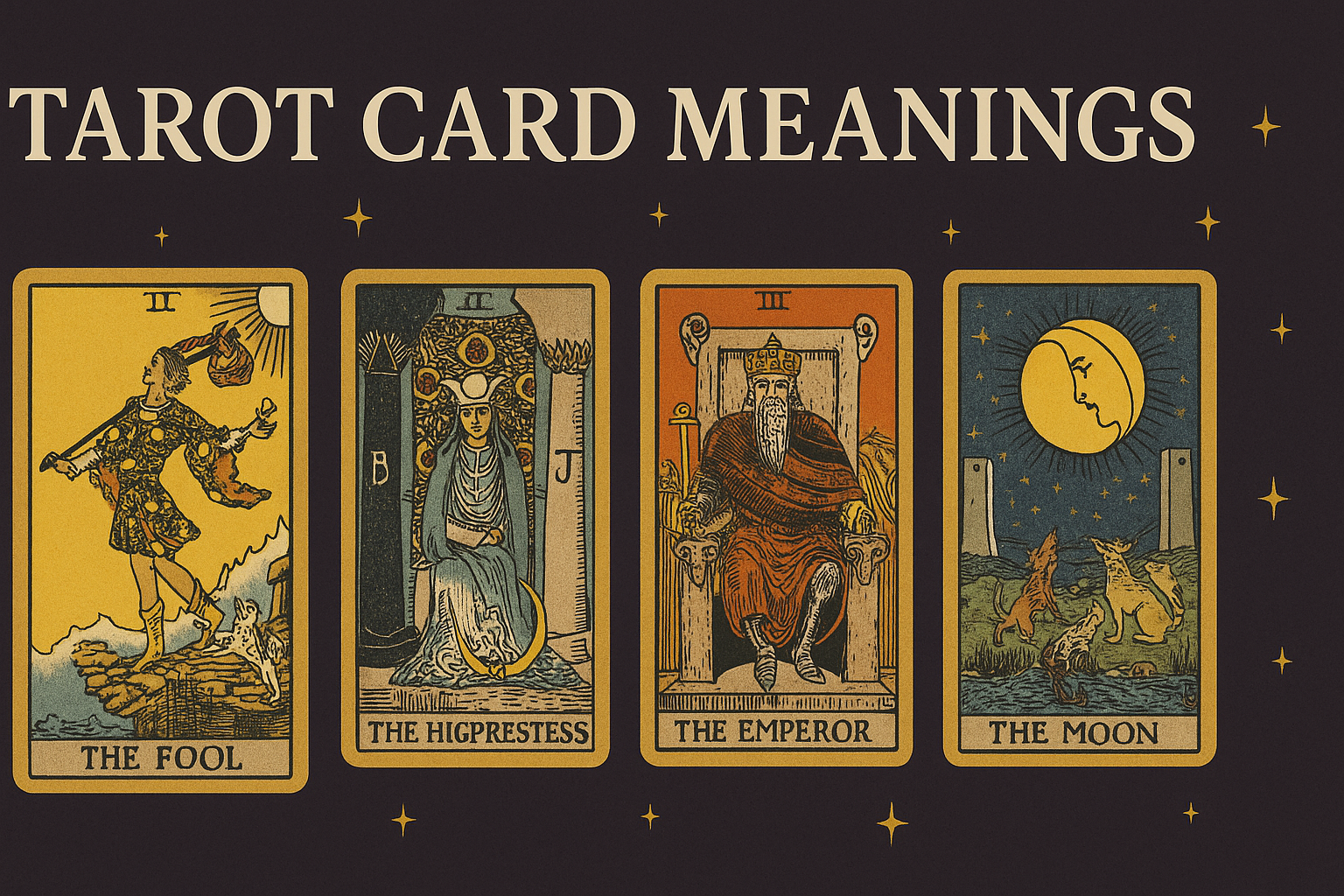
Tarot is more than just drawing cards — it’s a refined practice that combines symbolism, intuition, and storytelling. Mastering different tarot reading techniques can help you deliver more accurate, insightful, and meaningful readings, whether you're reading for yourself or others. In this guide, we’ll explore several proven techniques that deepen your connection to the cards and enhance your interpretive skills.
Understanding the Foundation of Tarot Reading
Before diving into advanced techniques, it's essential to understand what a tarot reading truly is. A tarot reading is a form of divination that uses a deck of 78 symbolic cards to gain insight into the past, present, and potential future. Effective tarot reading techniques rely on both the card meanings and the reader’s ability to tap into intuition and contextual understanding.
Essential Tarot Reading Techniques for Beginners and Beyond
1. The Question Clarity Technique
Start with a clear, focused question. This is one of the most fundamental tarot reading techniques. Instead of asking "Will I be happy?" consider "What steps can I take to find emotional fulfillment?" Open-ended questions allow the tarot to guide you more organically and encourage richer insights.
2. Card Position Interpretation
In spread-based readings, the position of each card adds a layer of meaning. For example, in a three-card spread (Past, Present, Future), a single card like The Moon could represent confusion in the past, uncertainty in the present, or upcoming deception. Always read the card in relation to its position.
3. Storytelling Through Card Connections
Advanced tarot reading involves weaving the cards together into a narrative. This storytelling technique creates a holistic picture rather than isolated meanings. For instance, if The Tower is followed by The Star, it suggests that disruption will lead to healing and hope. Look for themes, contrasts, and progressions within the reading.
Using Intuition in Tarot Reading
While learning traditional card meanings is important, intuition plays a vital role in tarot. Sometimes, a card might evoke a feeling or mental image that doesn’t align exactly with its textbook definition. Trust these impressions — they often hold personal significance for the querent (the person asking the question).
Visual and Emotional Cues
Observe the imagery: Is the character in the card looking toward another? Do certain symbols repeat? What emotions does the card invoke? These small details can guide a more intuitive interpretation and are essential in refining your tarot reading techniques.
Popular Tarot Reading Techniques and Spread Styles
Three-Card Spread
The three-card spread (Past, Present, Future) is perfect for quick readings. It allows the reader to deliver a succinct yet meaningful overview of the situation. Variations of this spread include Mind/Body/Spirit, Situation/Obstacle/Advice, and Desire/Challenge/Resolution.
Celtic Cross Spread
This is one of the most complex and detailed tarot layouts, involving 10 cards. It explores the root cause of a situation, conscious and unconscious influences, external factors, hopes, fears, and likely outcomes. The Celtic Cross is a must-learn technique for serious readers who want comprehensive answers.
Horseshoe Spread
Using seven cards, the horseshoe tarot spread focuses on past influences, present conditions, and future possibilities. It’s a structured way to analyze a situation in depth and can be customized for career, relationships, or spiritual guidance.
Reversed Card Techniques
When a tarot card appears upside-down, it's considered "reversed." Reversed cards can indicate blocked energy, internal struggles, or the opposite of the upright meaning. Not all readers use reversals, but doing so can add nuance and complexity to your readings. Try experimenting with reversals once you're confident in upright interpretations.
Clarifier Cards and Pulling Extras
If a card’s message isn’t clear, many readers use clarifiers — additional cards drawn to bring further context. However, avoid over-pulling; this can lead to confusion. One or two clarifiers should suffice. Use them intentionally to expand, not complicate, the reading.
Daily Draw Technique
Pulling one card each morning as a form of daily guidance is a powerful self-reflection tool. Over time, this helps you understand the deck on a deeper level and strengthens your intuitive bond with the cards. Log each card in a journal and reflect on how it manifested in your day.
Energetic Cleansing and Deck Bonding
Before and after each reading, clear your deck's energy using crystals, incense, or simply by shuffling and tapping the cards. This ensures neutral, clean energy for each session. To bond with your deck, carry it with you, sleep with it under your pillow, or meditate with a card.
Reading for Others vs. Reading for Yourself
When reading for others, be objective and avoid projecting your own emotions onto their cards. Listen carefully to their question and ensure your interpretation resonates with them. When reading for yourself, be honest and avoid asking the same question repeatedly — this can distort the energy.
Ethical Tarot Reading Practices
- Respect client confidentiality
- Never offer medical, legal, or financial advice — always refer to professionals
- Use disclaimers if offering paid readings
- Focus on empowerment and guidance, not fear or dependency
Tarot Reading as a Lifelong Skill
Mastering various tarot reading techniques takes time, practice, and patience. Whether you’re exploring intuitive methods, using structured spreads like the horseshoe tarot spread, or journaling your daily pulls, the key is consistency. With each reading, you’ll grow more confident in your interpretations and deepen your spiritual connection to the cards. Tarot is not just about predicting events — it's a profound tool for insight, healing, and personal transformation.


